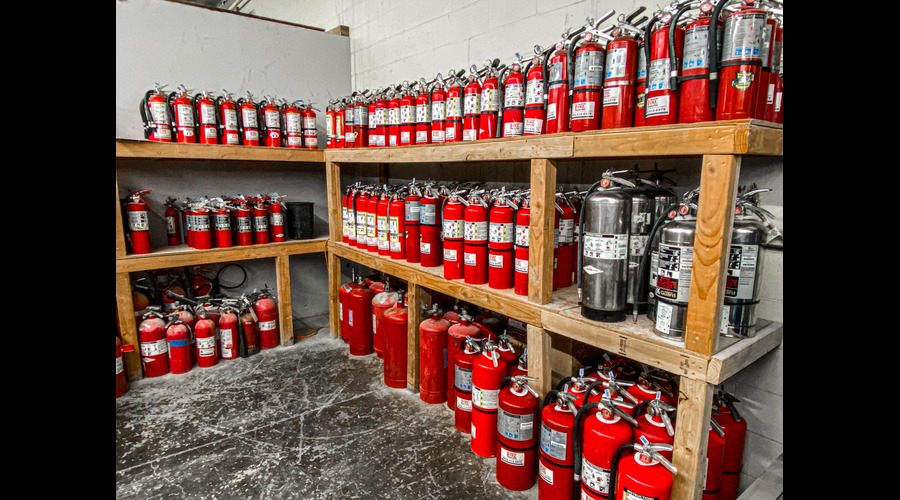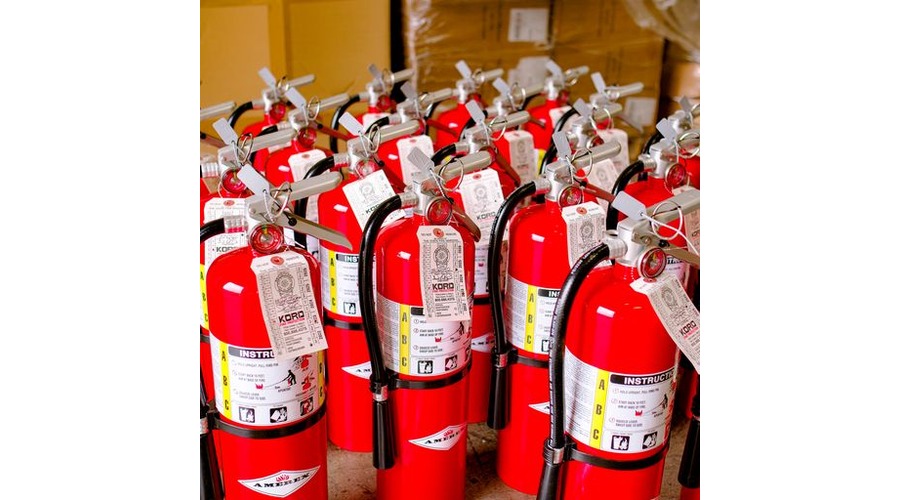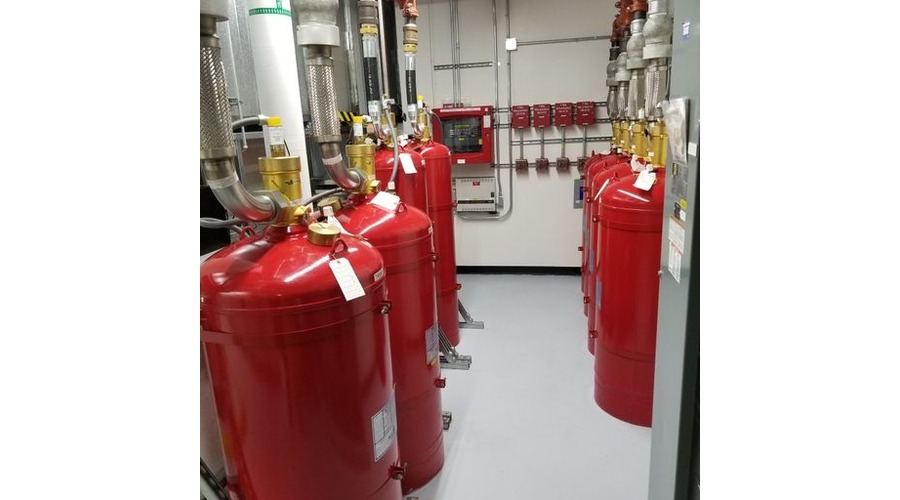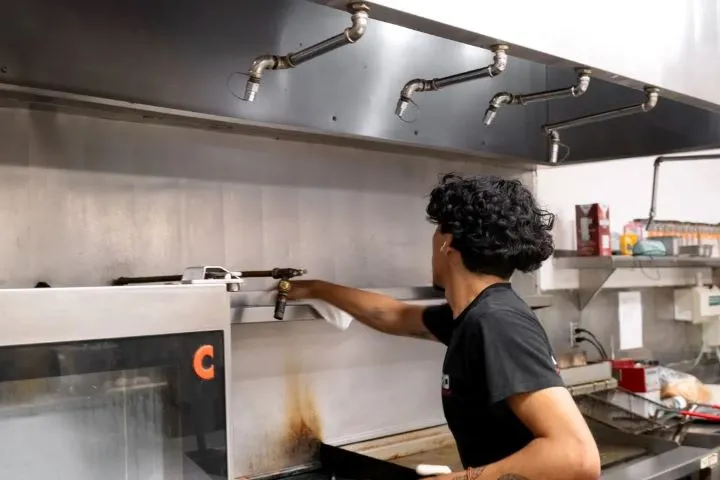

Essential Fire Prevention Strategies for Commercial Kitchens
Using UL 300 fire suppression systems and adhering to NFPA’s fire safety standards for commercial kitchens will significantly reduce your fire risks. These guidelines, grounded in research on the most common causes of kitchen fires, include both preventative measures and rapid-response solutions to extinguish fires if they occur. Following NFPA recommendations helps create a safer, cleaner, and more efficient kitchen environment. We go over key fire prevention strategies for commercial kitchens to help you stay compliant and protected.
Common Fire Risks in Commercial Kitchens
Commercial kitchen fires typically start with one or more preventable conditions. The difference between a safe kitchen and a dangerous one comes down to recognizing these key risk factors:
- Kitchen Grease: Heat and grease are a flammable combination and lead to many kitchen fires. Cooking equipment is the leading cause of fires in commercial kitchens. Grease is extremely flammable, and it builds up on a lot of surfaces in commercial kitchens, including grease filters, equipment, and towels.
- Open Flames: Many commercial kitchens have several sources of open flames in operation simultaneously. If flammable materials get near them, they can easily combust.
- Faulty Wiring: Sparks generated by faulty wires can easily ignite flammable materials in commercial kitchens. Appliance cables and other wires can easily fray and become damaged, particularly if they’re being run underneath rugs or in other hazardous configurations.
- Overcrowding: Too many cooks don’t just spoil the broth — they also pose a fire hazard. Going over the maximum capacity can lead to accidents and make it harder to evacuate in an emergency.
- Clutter: A cluttered kitchen environment increases the risk of accidentally knocking something into a flame, spilling something, or falling. Clutter also makes it harder to abide by safe cooking practices and follow the type of rigorous cleaning procedures that can prevent fires.


Schedule A Free Consultation Today
Fire Prevention Strategies
The following fire prevention tips for commercial kitchens will help you avoid disaster and the potential for damage and loss of life. Fire safety requires a multi-pronged approach that focuses on prevention first and rapid suppression if prevention fails.
Follow Equipment Safety Guidelines
Have all of your equipment installed, inspected, and serviced by professionals who understand applicable guidelines for commercial kitchens. Make sure all equipment is cleaned as needed, particularly areas where grease collects. Avoid running wires under mats or using extension cords. Install ventilation systems over grease-producing equipment as required by codes such as NFPA 96 and UL 300.
Install Fire Suppression System
A small fire in a commercial kitchen can quickly spread out of control. A properly installed and maintained fire suppression system can help prevent a fire from escalating. For commercial kitchens, these systems include smoke detectors, automatic valve shut-offs, a wet chemical fire suppressant designed to put out grease fires and stop them from reigniting, and fire extinguishers.
Train Your Staff
Staff training should include safe cooking practices. Monitoring food as it cooks, avoiding overheating oils, and thoroughly cleaning equipment, including traps and filters, can reduce the risk of fires.
Class K Fire Extinguishers and Staff Training
In commercial kitchens, where high-temperature cooking oils and grease are common, Class K fire extinguishers are essential. These extinguishers are specifically designed to combat fires involving cooking media such as vegetable oils, animal fats, and grease. Unlike water-based extinguishers, which can spread grease fires, Class K extinguishers use a special agent that cools and suppresses flames by saponifying the oil, effectively preventing re-ignition.
All kitchen staff should receive hands-on fire extinguisher training in order to learn how to properly use them. Training should cover identifying the correct extinguisher type, understanding the PASS technique (Pull, Aim, Squeeze, Sweep), and knowing when it is safe to fight a fire versus when to evacuate. Regular fire drills and refresher courses should be conducted to ensure everyone remains confident and prepared to respond quickly and safely in the event of a fire emergency.
NFPA 96 outlines minimum fire safety standards for cooking equipment, hoods, exhaust systems, fans, grease removal equipment, and fire suppression systems. These requirements are instrumental in preventing grease fires in restaurant kitchens.
NFPA-compliant systems capture and exhaust greasy smoke, heat, and vapors that could otherwise easily ignite. If a grease fire does break out, the system will automatically extinguish it and block violent reactions that could cause the fire to spread. It also automatically shuts off fuel for gas and electric stoves to prevent kitchen fires in restaurants.
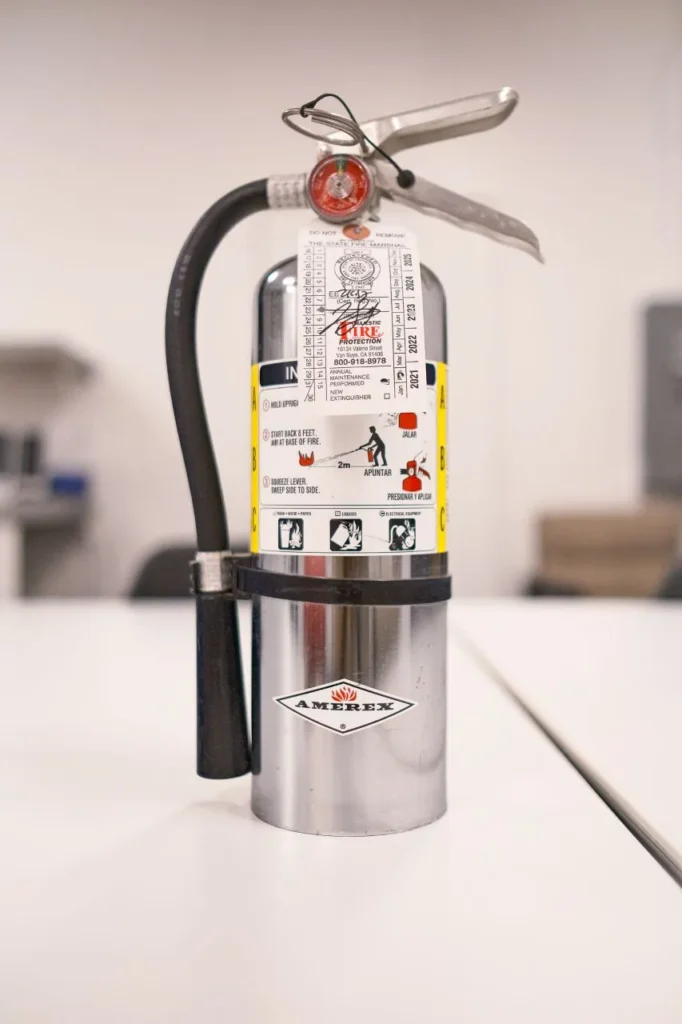

FAQS
Add Kord Fire Protection into Your Kitchen Fire Safety Plan
Kord Fire Protection offers suppression systems specially designed to protect commercial kitchens from the unique fire risks related to cooking equipment and flammable environments. Our advanced systems quickly detect and suppress fires to minimize property damage and protect the safety and well-being of your staff and customers.
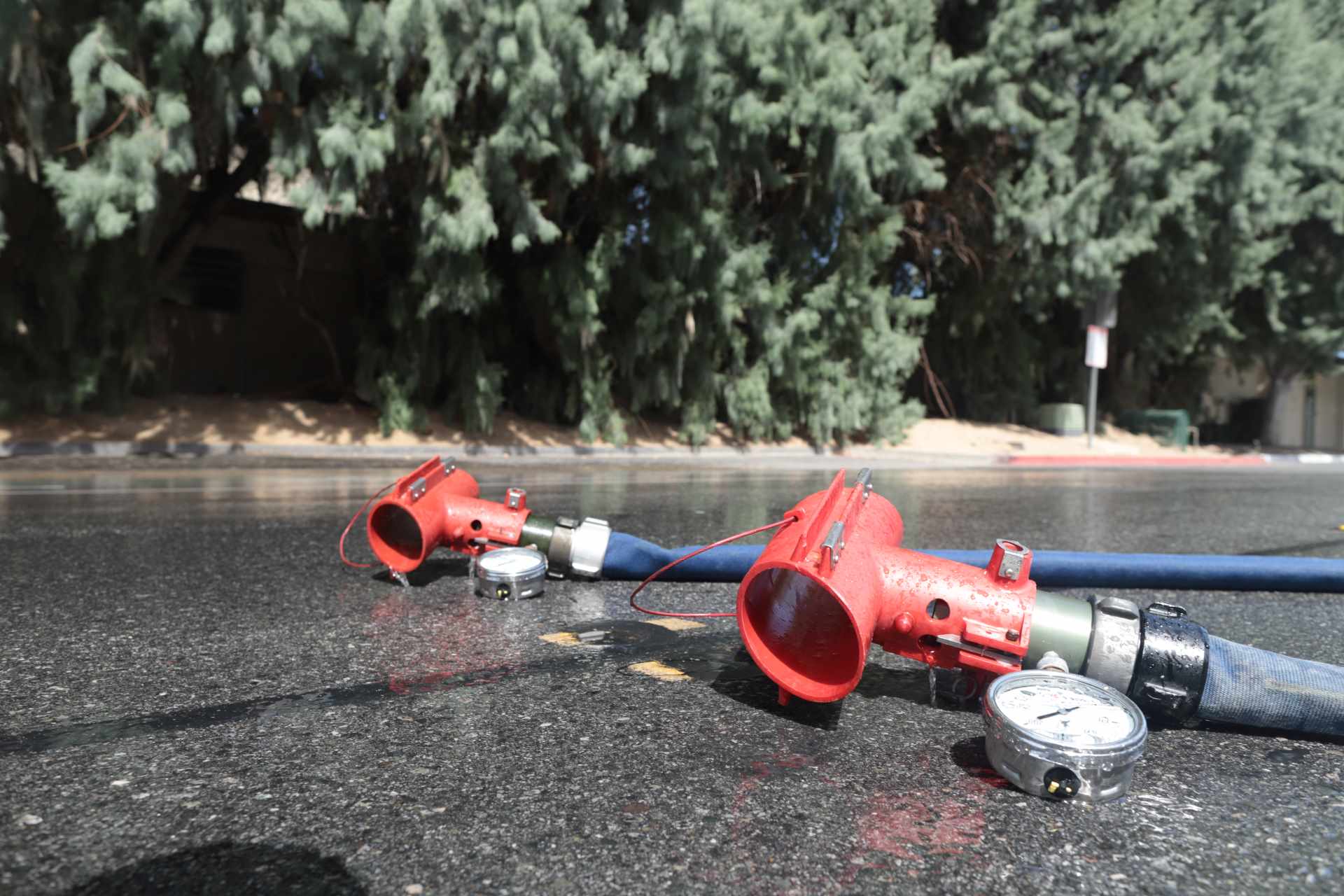

Protect Your Property
Get the latest fire safety tips delivered straight to your inbox.

